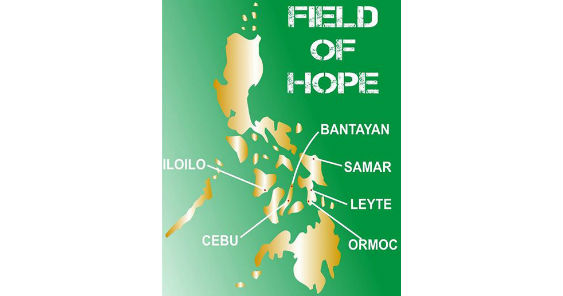Following typhoon Haiyan last November, the survivors received help in various forms from all over the world. Support included both immediate donations, as well as long-term development programs. One of these is “Field of Hope”, a three to five-year football youth project for the survivors of the super typhoon Haiyan.
Peter Amores of Futkal, Inc. thought of “Field of Hope” to give new hope for the Haiyan survivors – particularly the school children aged 8-14 years old.
Field of Hope targets the most affected areas of Haiyan, especially those in partnership with the local government of Bantayan, most of which was still in ruins even five months after the typhoon.
In the Philippines, urban areas have integrated football in their physical education curriculum – which makes it easier for them to learn it. On the other hand, schools in rural areas still need to get familiarized with the said sport.
Football in South East Asia is considered the most popular; while in the Philippines, it is considered an emerging sport since it is overshadowed the most popular sport here, which is basketball.
“We didn’t come to give them shoes or any material goods. A smile and a ball. That’s it. Our goal is to teach them soccer. Because they don’t know the game on this island. Thats absurd isn’t it? In most of the world soccer is the sport of the poor, the sport of the slums, the toughest places. Here in the Philippines soccer is an elitist sport for the wealthy,” observed volunteers from Israel Futbol NGO Mifalot, which partnered with Futkal for a seminar dealing with post- traumatic stress disorder through football.
Field of Hope also aims to provide alternative education by having life-long learning through football. As a benefit of the program, children who suffered from super typhoon Haiyan are expected to learn creating positive change and hope for the better. Apart from developing their skills and knowledge in football, it is hoped that they will also learn discipline and persistence in all aspects of life.








